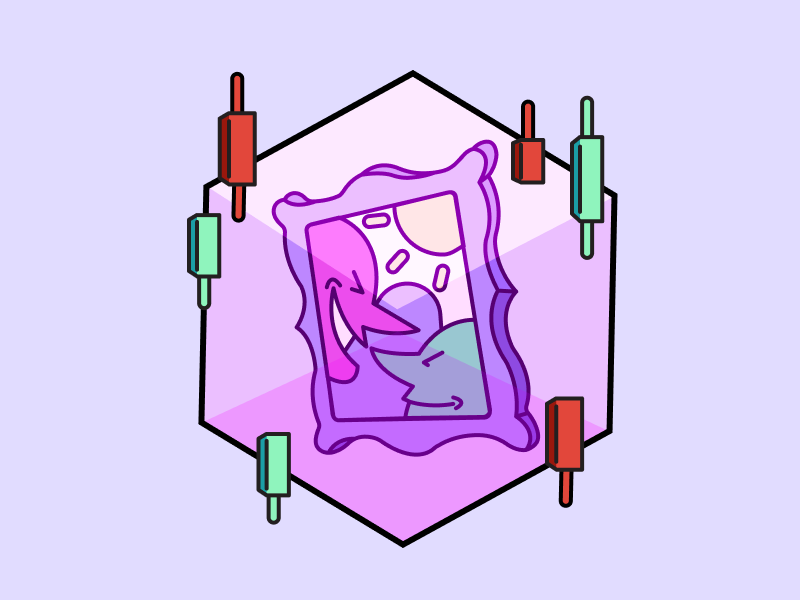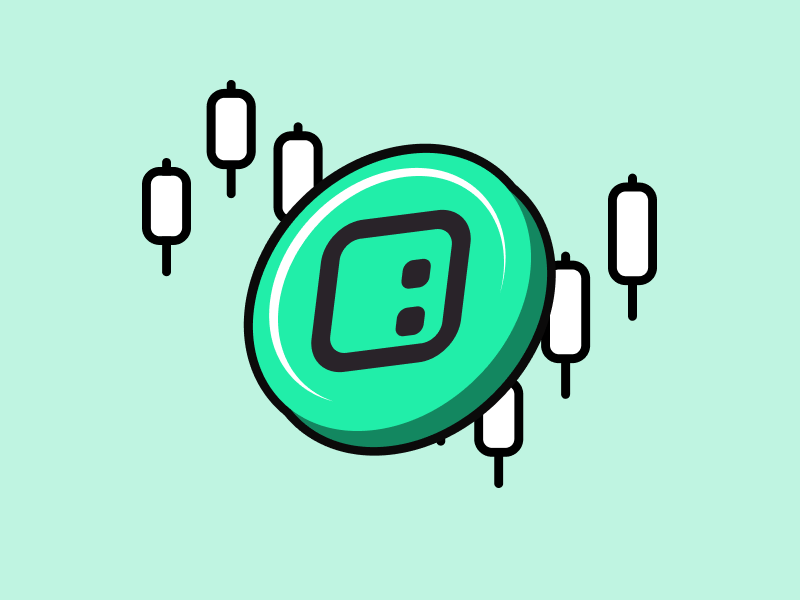What is Litecoin (LTC)?
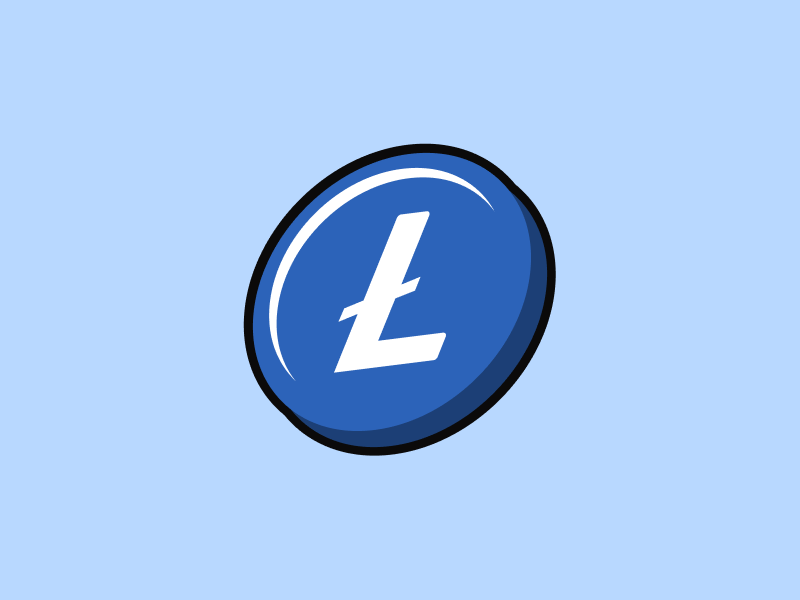
Known as the ‘digital silver,’ Litecoin has caught the attention of many investors and crypto enthusiasts as an attractive alternative to Bitcoin. With Litecoin’s halving scheduled for August 2023 and Bitcoin’s halving planned for 2024, Litecoin is increasingly in the spotlight. So, what is Litecoin, and how does it differ from Bitcoin? Let’s read the following article!
Article Summary
- 🪙 Litecoin is a crypto asset that was created as an alternative to Bitcoin, aiming to facilitate secure, fast, and low-cost payments.
- 🪶 Created in 2011, Litcoin stands as one of the earliest altcoins in the crypto market. Charlie Lee, the founder of Litecoin, developed it as a lite version of Bitcoin for digital payments.
- 👐 Litecoin is built on Bitcoin’s open-source code but with some modifications, including the consensus algorithm, blocking time, and maximum supply.
- 4️⃣ According to Watcher Guru, Litecoin is set to undergo halving in August 2023, following a mechanism similar to that of Bitcoin. Litecoin undergoes a halving process every 840,000 blocks or about every four years.
What is Litecoin (LTC)?
Litecoin is a crypto asset created as an alternative to Bitcoin and designed to facilitate secure, fast, and low-cost payments. Litecoin’s primary goal is to improve the Bitcoin system, which has some limitations. Litecoin offers a faster and more efficient alternative payment system to Bitcoin.
Litecoin does not aim to compete with Bitcoin but to complement it by providing additional value in the cryptocurrency ecosystem. Hence, upon its emergence, the crypto community referred to it as ‘digital silver,’ which made Litecoin one of the highest-valued coins and in the top five cryptos for a long time.
This crypto asset is built on Bitcoin’s open-source code but with some modifications. Litecoin offers differences in the consensus algorithm, blocking time, and maximum supply that may attract users looking for a different transaction experience.
Litecoin is one of the earliest altcoins in the crypto market. Charlie Lee, the founder of Litecoin, created Litecoin as a lite version of Bitcoin for digital payments in 2011.
Also, read about Bitcoin: Definition and How it Works.
Who created Litecoin (LTC)?
On October 9, 2011, Charlie Lee, the founder of Litecoin, officially announced the launch of Litecoin via the bitcointalk.org platform. The Litecoin genesis block was mined three days later, and Litecoin (LTC) formally entered the crypto world.
Charlie Lee earned his bachelor’s and master’s degrees in Computer Science at the Massachusetts Institute of Technology (MIT). He created Litecoin (LTC) while working as a Software Engineer at Google. In 2013, he joined Coinbase as an Engineering Manager and later became Director of Engineering. Currently, he focuses on being a Director of the Litecoin Foundation.
The Litecoin Foundation is a non-profit organization dedicated to advancing, supporting, and promoting the Litecoin ecosystem.. They work to expand Litecoin adoption, support the development of related technologies, and strengthen the Litecoin community through various initiatives and activities.
How Litecoin Works?
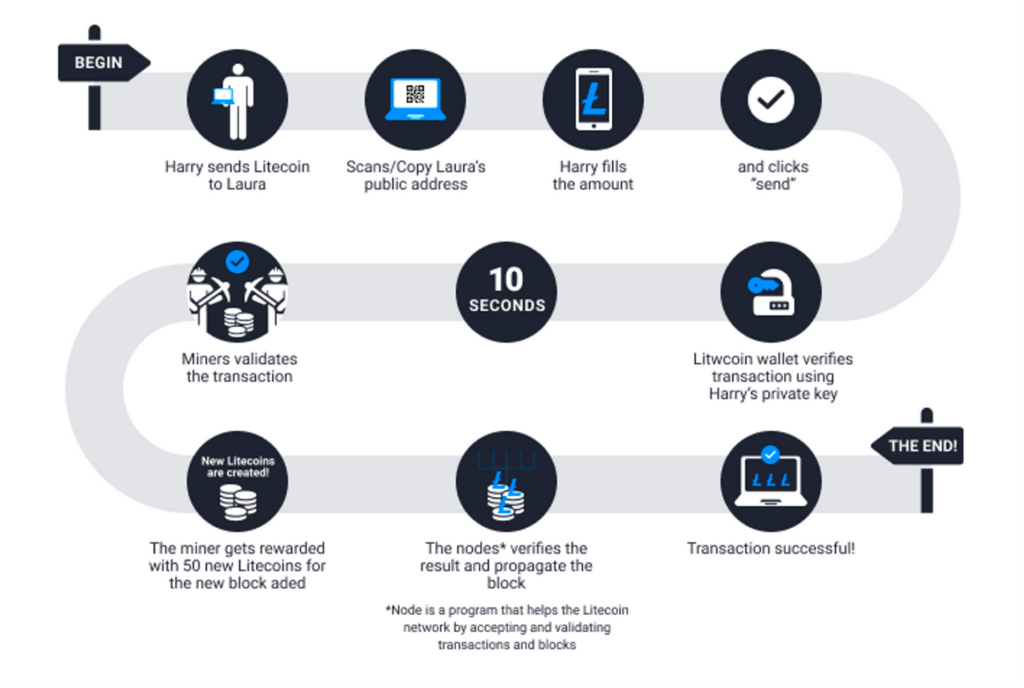
Litecoin uses a proof-of-work (PoW) consensus mechanism like Bitcoin. However, it does not use the SHA-26 algorithm like Bitcoin, but rather the Scrypt algorithm. As a digital currency, Litecoin generally has similarities to how Bitcoin works, which are as follows:
- Blockchain Structure: Litecoin has a blockchain structure that consists of a series of blocks containing transactions. Each block contains several transactions verified and authenticated by the network.
- Transaction Verification: Every Litecoin transaction is sent to the network and verified by miners. Miners aggregate transactions into blocks and verify them using complex mathematical methods.
- Consensus and Mining: Litecoin uses a Proof-of-Work (PoW) consensus algorithm called Scrypt. Miners use their computing power to solve complex mathematical puzzles and create new blocks. Miners who successfully solve the puzzle are eligible to add new blocks to the blockchain and are rewarded with new LTC.
- Security and Decentralization: In the Litecoin network, each block is chronologically linked to the previous block, forming an immutable chain. It maintains data integrity and prevents the forgery of prior transactions. In addition, the decentralization of the Litecoin network means that no single authority controls or manipulates transactions.
- Blocking Time: Litecoin has a faster blocking time compared to Bitcoin. Each new block is mined about every 2,5 minutes. This speed allows for faster confirmation of transactions and speeds up the transaction process on the network.
- Miner Rewards: In addition to the new block rewards given to miners who successfully solve puzzles, Litecoin also uses transaction fees to incentivize miners. The senders of transactions give these transaction fees in exchange for verifying and processing their transactions.
Besides the proof-of-work (PoW) consensus mechanism, you can also learn about proof-of-stake (PoS) here.
Litecoin vs. Bitcoin
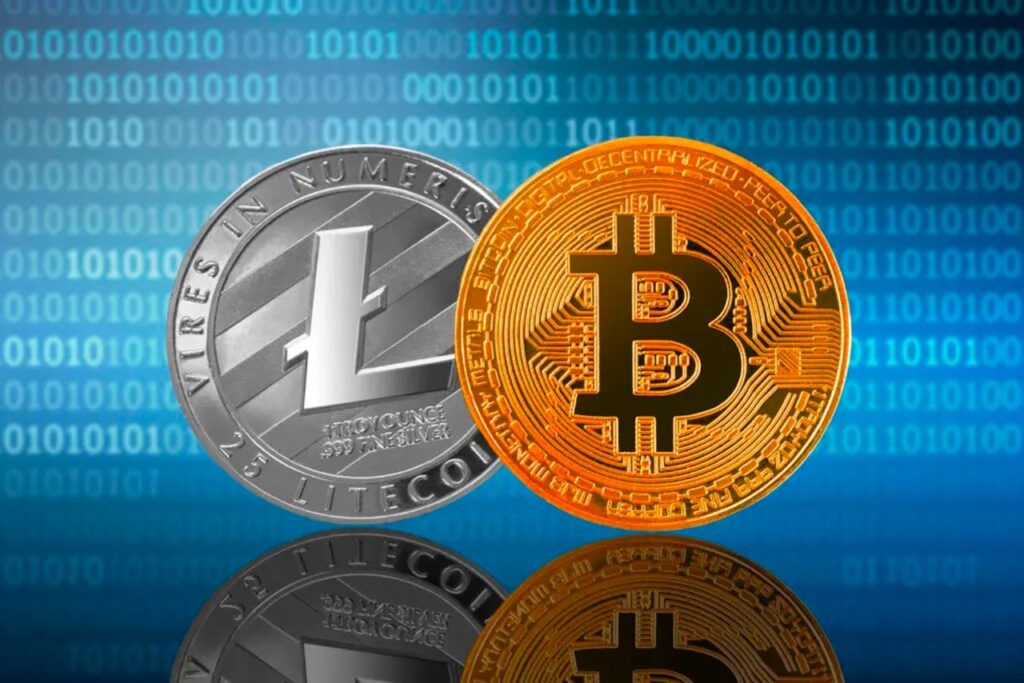
Litecoin and Bitcoin differ in several aspects, including the consensus algorithm. Litecoin uses the Scrypt consensus algorithm, while Bitcoin uses the SHA-256 algorithm. The Scrypt algorithm is designed to reduce the advantage of miners with specialized hardware (ASICs) and allow mining with regular CPUs and GPUs. Meanwhile, the SHA-256 algorithm Bitcoin uses is more suitable for mining with specialized hardware, such as ASICs.
In addition, Litecoin generates a new block every about 2.5 minutes, while Bitcoin takes about 10 minutes. This speed allows for faster confirmation of Litecoin transactions and speeds up the transaction process on the network.
Then in terms of maximum coin supply, Litecoin has a maximum supply of 84 million LTC, while Bitcoin has 21 million BTC. This difference reflects the difference in the cryptocurrency’s supply and issuance strategies.
Litecoin can be used in international transactions with low fees and fast speeds. Although Litecoin is less popular than Bitcoin in terms of adoption and usage, it has been accepted by various businesses and merchants as a payment method, such as SlingTV, Newegg, Twitch, and others.
Litecoin Halving
According to Watcher Guru, Litecoin will make a significant development, which is Litecoin halving in August 2023. Litecoin’s halving mechanism is similar to Bitcoin’s, wherein the block rewards granted to miners are reduced by half every four years.
Litecoin halves every 840,000 blocks or about every four years. Initially, the block reward for miners is 50 LTC, and each time a halving occurs, the reward amount is halved. In the second halving in August 2019, the block reward was 12,5 LTC. Meaning this year’s halving of the block reward will be 6,25 LTC.
With the halving, Litecoin’s inflation rate decreased significantly. Each halving period reduces the number of new coins mined in new blocks, leading to a tightening supply. It contributes to the potentially deflationary nature of Litecoin, where supply is relatively limited while demand continues to increase.
Also, read What is Bitcoin Halving?
How to Buy LTC Token on Pintu?
You can start investing in LTC by buying it on Pintu app. Here is how to buy crypto on Pintu application:
- Create a Pintu account and follow the process of verifying your identity to start trading.
- On the homepage, click the deposit button and top up the Pintu balance using your preferred payment method.
- Go to the market page and look for LTC.
- Click buy and fill in the amount you want.
- Now you have ID as an asset!
In addition, Pintu application is compatible with various popular digital wallets such as Metamask to facilitate your transactions. Go and download the Pintu cryptocurrency app on Play Store and App Store! Pintu is regulated and supervised by Bappebti and Kominfo.
You can also learn more crypto through the various Pintu Academy articles which are updated every week! All Pintu Academy articles are for educational purposes, not financial advice.
References
- Litecoin Team, What is Litecoin? Litecoin, accessed 22 Mei 2023.
- Greg Mcfarlane, Litecoin (LTC): What It Is, How It Works, Vs. Bitcoin, Investopedia, accessed 22 Mei 2023.
- Werner Vermaak, What Is Litecoin? Coinmarketcap, accessed 22 Mei 2023.
- Paigambar Mohan Raj, Litecoin: What to Expect from LTC Halving in 2023? Watcher Guru, accessed 23 Mei 2023.
Share
Related Article
See Assets in This Article
LTC Price (24 Hours)
Market Capitalization
-
Global Volume (24 Hours)
-
Circulating Supply
-
